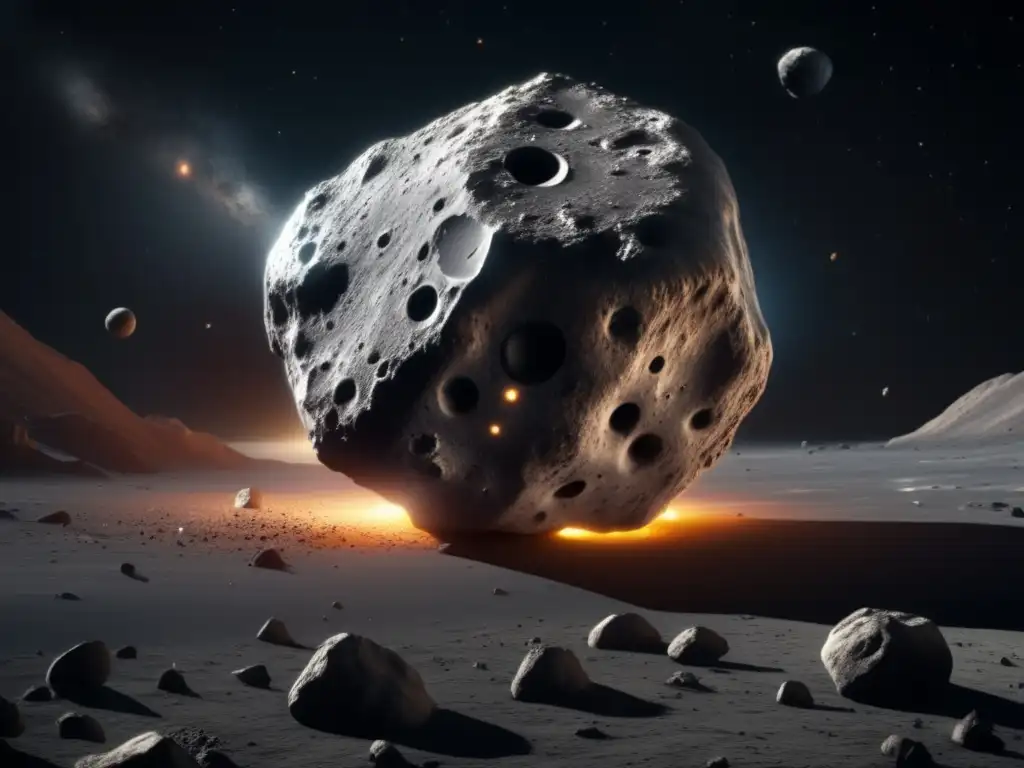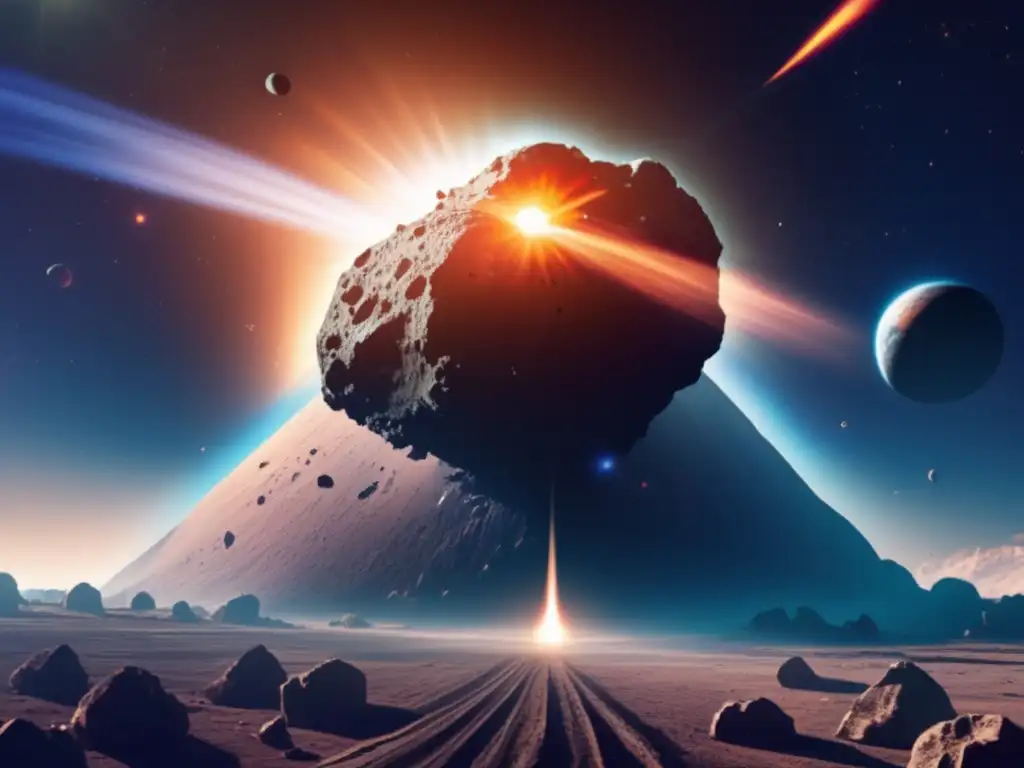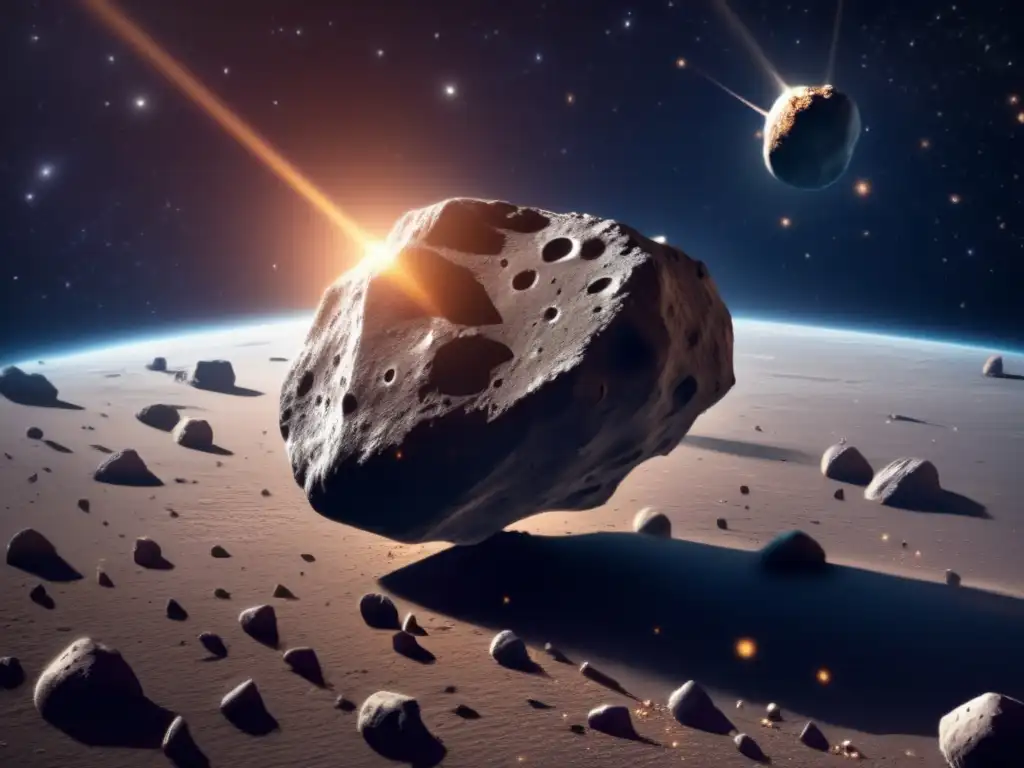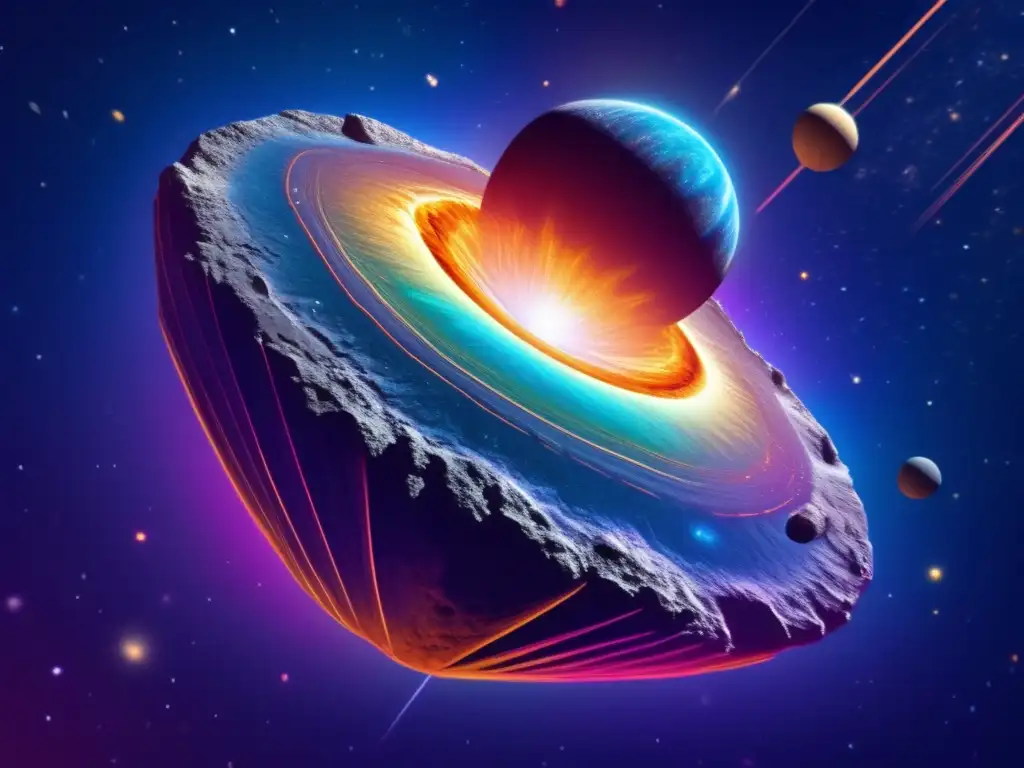The Science Of Asteroids And How To Observe Them

Introduction
Asteroids, also known as minor planets or planetoids, are rocky celestial objects that orbit the Sun but are much smaller in size compared to planets. They are remnants from the early formation of our solar system and can be found mainly in the asteroid belt, a region between the orbits of Mars and Jupiter. In this article, we will explore the science behind asteroids and provide valuable information on how to observe them.
Asteroid Composition and Structure

Asteroid Types
Asteroids come in various types based on their composition. The three main groups are:
- C-type asteroids: These are carbonaceous asteroids and are the most common type. They contain a high percentage of carbon and are thought to be similar to the primordial material from which the solar system formed.
- S-type asteroids: These are silicate asteroids and are composed primarily of stony materials. They have a higher reflectivity compared to C-type asteroids.
- M-type asteroids: These are metallic asteroids and are composed mainly of nickel and iron. They have a relatively high albedo and are believed to be fragments from the cores of differentiated bodies.
Asteroid Internal Structure
Asteroids are believed to have a layered structure, consisting of a rocky exterior called the regolith, followed by a solid mantle, and potentially a metallic core in some cases. The specific composition and internal structure can vary depending on the type of asteroid.
Asteroid Observation Techniques

Telescopic Observations
Telescopes are the primary tools used to observe asteroids from Earth. They enable astronomers to study various aspects of asteroids, including their size, shape, rotation period, and composition. By observing the light reflected from asteroids, scientists can gather valuable information about their surface properties.
Space Missions
Several space missions have been sent to explore and study asteroids up close. These missions provide invaluable data and insights into the nature of asteroids. Examples include NASA's NEAR Shoemaker mission to asteroid Eros and Japan's Hayabusa missions to asteroid Itokawa and Ryugu.
Radar Imaging
Radar imaging is a technique that uses radio waves to create detailed images of asteroids. By bouncing the radio waves off the asteroid's surface and measuring the reflected signals, scientists can construct three-dimensional models and determine the asteroid's shape and surface features.
Asteroid Impact Hazards and Mitigation

Potential Threat
Asteroid impacts pose a potential threat to Earth and its inhabitants. While the likelihood of a catastrophic impact is low, the consequences could be devastating. Therefore, it is crucial to monitor and track near-Earth asteroids to identify potential impact hazards.
Early Warning Systems
Early warning systems, such as NASA's Near-Earth Object Observations program, track and monitor asteroids that come close to Earth. By cataloging and studying these near-Earth objects, scientists can assess their trajectories and determine if any pose a future impact threat.
Mitigation Strategies
If an asteroid were on a collision course with Earth, various mitigation strategies could potentially be employed. These include deflection techniques such as kinetic impactors, gravity tractors, and nuclear explosions (as a last resort). Research and development in this field are ongoing to improve our ability to safeguard against possible asteroid impacts.
Frequently Asked Questions

-
Q: How big can asteroids get?
A: The size of asteroids can vary greatly. The largest known asteroid, Ceres, has a diameter of about 590 miles (940 kilometers), while smaller asteroids can be just a few meters in size.
-
Q: Are there any asteroids that pose an imminent threat to Earth?
A: Currently, no known asteroids pose an imminent threat to Earth. However, constant monitoring and observation are necessary to identify any potential hazards in the future.
-
Q: Can we mine asteroids for resources?
A: Asteroid mining is a topic of interest for future space exploration. Some asteroids contain valuable resources such as metals, water, and rare elements. However, the technology and infrastructure required for asteroid mining are still being developed.
-
Q: How are asteroids named?
A: Minor planets, including asteroids, are typically named after people, places, or mythological figures. The International Astronomical Union (IAU) governs the naming process.
-
Q: Can we predict when an asteroid will impact Earth?
A: With ongoing observations and improvements in tracking technology, scientists can predict the future trajectories of asteroids. However, precise predictions of impacts require constant monitoring and refining of data.
Conclusion
Asteroids have fascinated scientists and space enthusiasts for centuries. By studying their composition, observing them from Earth, and exploring them through space missions, we continue to expand our knowledge of these intriguing celestial objects. As we strive to understand asteroids better, we also work towards mitigating potential impact hazards and unlocking the resources they may hold. The study of asteroids plays a crucial role in unraveling the mysteries of our solar system.
We hope this article has provided valuable insights into the science of asteroids and how to observe them. Share your thoughts in the comments section and feel free to explore more asteroid-related content on www.asteroidrealm.com. Thank you for your time and stay curious!
Additional Resources

For further information on asteroids, check out these additional resources:
 Advanced Techniques In Asteroid Observation
Advanced Techniques In Asteroid Observation How To Use An Equatorial Mount For Asteroid Tracking
How To Use An Equatorial Mount For Asteroid Tracking Telescope Eyepieces: Which Is Best For Asteroid Observation?
Telescope Eyepieces: Which Is Best For Asteroid Observation?If you want to discover more articles similar to The Science Of Asteroids And How To Observe Them, you can visit the Telescopes and Asteroid Observation category.
Leave a Reply

Articulos relacionados: